LESSON OVERVIEW
In this ESL lesson about exams, students learn useful vocabulary, watch a video about the longest exam in the world and have lots of speaking practice.
VOCABULARY
This ESL lesson about exams starts with a warm-up activity. Students look at photos of people taking exams and say why they might feel a certain way (e.g. stressed, confused, excited). Before the vocabulary task, the teacher can ask students some questions about the last exam they took. Then, students read some sentences about exams and tests and decide whether the things described in them happened before, during, or after an exam. They also need to find some phrases (e.g. score 95%, revise for an exam, take an exam, do badly). Next, students look at some statements regarding exams and decide if they agree with them. They also need to explain their opinions. The statements compare oral and written exams, online and in-person exams, and cover cheating, failing and retaking exams.
VIDEO & SPEAKING
Students watch the video for the first time and note down two facts about the Suneung exam. Then, they watch the video again and do a comprehension task in which they choose the correct answers to four questions. After the video, students have a discussion. They talk about the Suneung exam, about dealing with exam stress, and whether exams are an important part of education. In the last part of this ESL lesson about exams, students read about different ways of checking students’ knowledge (e.g. giving a presentation, taking short tests, creating portfolios). They need to do several tasks. First, they talk about their experience with the ways of checking knowledge described in the texts. Later, students say which of them would be good for certain groups of people (e.g. adults learning English as a second language). They also come up with some rules for testing students’ knowledge.
HOMEWORK/REVISION
This ESL lesson about exams includes an additional task that you can use as homework or revision. It’s available in the teacher’s version of the worksheet. You can print it, cut it up and hand it out to your students. It’s also included in the e-lesson plan.
Subscribe to unlock these and many other Standalone lesson lesson plans with the Unlimited planWORKSHEETS


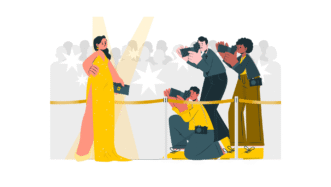
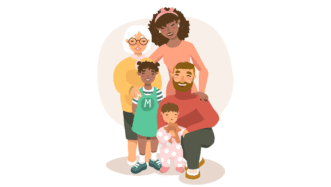
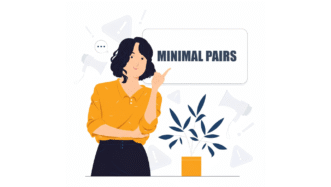

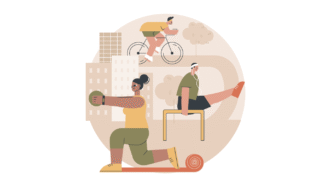


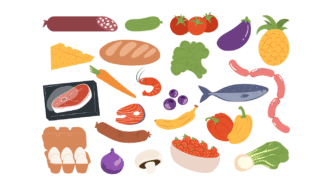




Thank you very much for creating this lesson! It’s soooo hard to find a topic that’s suitable for school students here. Mostly for (young) adults.
Hi! We create lessons for adults but I’m glad you find this one suitable for younger people too 🙂
how can I show the presentation?
To see this e-lesson plan, you need to have the Unlimited plan active
Thank you so much! 🙂 The unit my A2 students are studying this week is about taking exams. So, this is perfect!!
Thanks, I hope your students enjoy the lesson 🙂